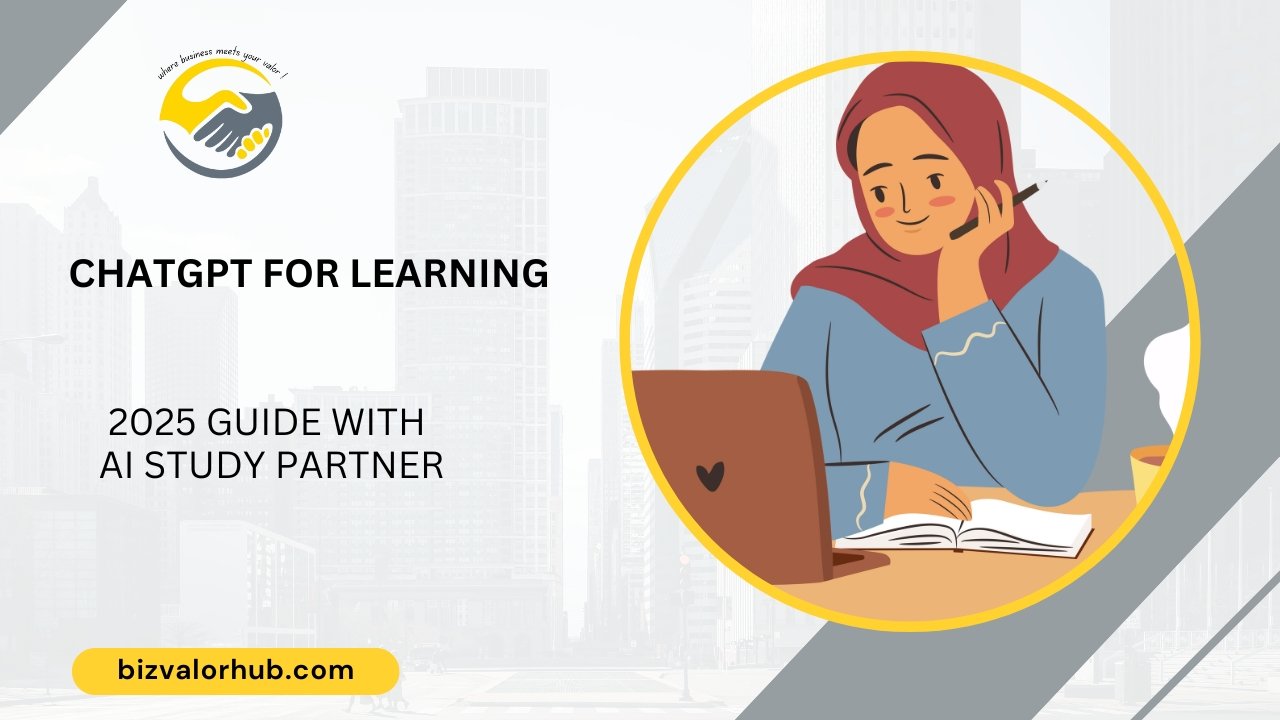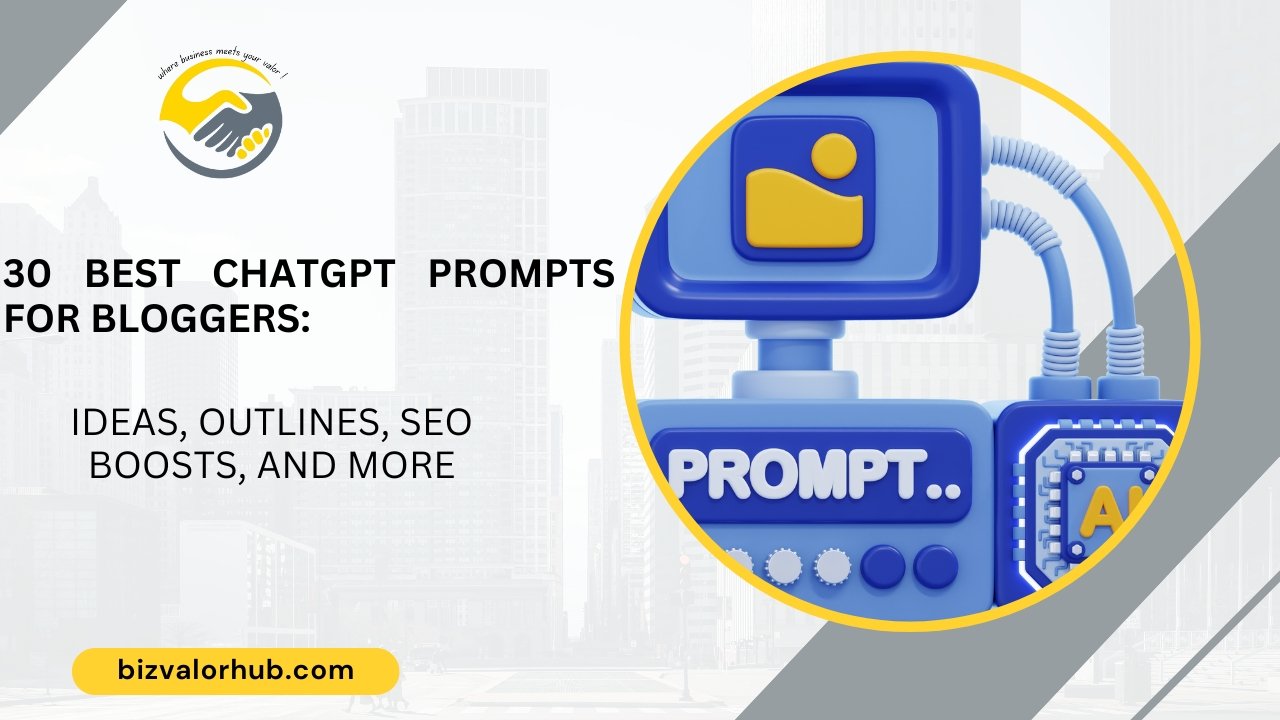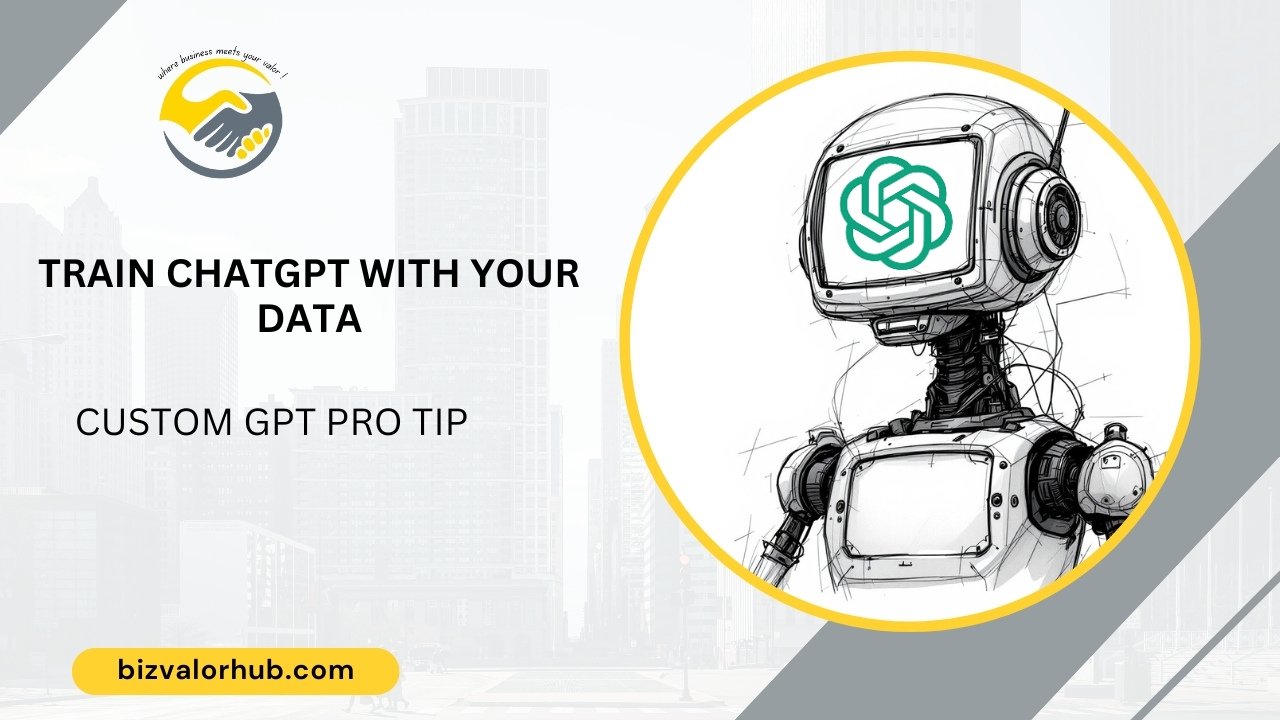Learning can be tricky sometimes—we’ve all stared blankly at a textbook, wondering if that “ah-ha moment” would ever show up. That’s where ChatGPT for learning steps in like the study buddy we wish we had back in school. Whether you’re picking up a new skill, decoding complicated topics, or just need quick answers without the fluff, this tool’s got your back. But how do we make it work smarter (not harder) for us? Stick around—this might just change how we approach learning forever.
Helpful related resource: How To Use Chat GPT by Open AI For Beginners
Planning and Organizing Your Learning Journey with ChatGPT
AI tools for self-learning, while amazing, can sometimes feel like trekking through a jungle without GPS. You’ve got the will, but finding the way? That’s where things get messy. ChatGPT isn’t just another tool—it’s like your nerdy best friend who instantly knows how to make a plan for ANYTHING. It doesn’t just help; it transforms the entire process of figuring out what and how to learn.
Use ChatGPT to Narrow Down What You Need to Learn
Whether you’re gearing up to master a new skill or just brushing up old ones, ChatGPT takes your big, often-scattered ideas and boils them down to bite-sized priorities.
Here’s how it works:
- Identifying gaps: Ask ChatGPT something like, “What should I know if I want to be better at public speaking?” It’ll highlight the key areas—confidence, storytelling, delivery skills, and more.
- Goal alignment: Got a specific endgame? Say, “Help me prepare for a graphic design role,” and it’ll list design principles, tools (hello, Photoshop), and creative thinking concepts you’ll need.
- Combining your interests: ChatGPT doesn’t just stick to generic learning plans. Tell it, “I’m curious about photography but also love modern tech. How can I combine these?” Guess what? It’ll suggest learning about smart photography tools or drone photography.
It’s honestly like having a personalized learning consultant. And if you’re wondering what other folks are doing with ChatGPT for learning, you’ll find tips that make you go, “Why didn’t I think of this?!”

Streamline Your Study Schedule with ChatGPT
You know what’s equally hard as figuring out WHAT to learn? Figuring out WHEN to learn! We’ve all tried to block out time for study only to end up binge-watching some true-crime documentary (#relatable). With ChatGPT, you can sidestep all that chaos.
Here’s the magic it offers in study scheduling:
- Custom schedules: Want to cram an entire course into one week? Or maybe you’ve got six months and want something lighter? ChatGPT creates a schedule that fits YOUR timeframe.
- Beating procrastination: Tell ChatGPT, “I’m a chronic procrastinator. Help me create a fail-proof daily study plan.” Ta-da! You’ll get actionable steps broken into realistic chunks you’ll actually follow.
- Multi-tasking-friendly: Have a job, school, gym, and a million other things going on? Show ChatGPT your weekly calendar, and it’ll slot in learning blocks alongside your existing commitments.
The cool part? It’s super flexible. ChatGPT won’t guilt-trip you if Day 3 doesn’t go as planned. Just tweak and re-generate. Seriously, it’s THAT forgiving. And if you want inspiration for study hacks, this guide on creating a study plan using ChatGPT is pure gold.
Custom learning plans with ChatGPT have never been this easy—or this fun.
Learning Techniques and Tools Powered by ChatGPT
ChatGPT isn’t just good for generating answers—it’s a tool that can actually reshape how we learn. Whether you’re trying to decode a complicated topic from quantum physics or just trying to stay focused during a study session, this AI can jump in, simplify things, and leave you feeling like a mastermind.
Simplifying Complex Ideas Using ChatGPT
Sometimes, we sit down to study and the content feels like it’s written for aliens. Enter ChatGPT. It’s like having a friend who speaks “encyclopedia” but explains everything in simple terms. Complex science chapter? ChatGPT can break it into bite-sized chunks that won’t leave you overwhelmed. For instance, ask it to explain “How electricity moves through a circuit” in simple terms, and you’ll get something clear enough to ELI5 (Explain like I am 5)
The beauty here is that it doesn’t assume you’re a genius—no judgment, just clarity. Think of it as your personal translator for academic gibberish, minus the attitude. You can even tell it to write as if it’s talking to a 5-year-old—it’s that adaptable.
Helpful resource for students: ChatGPT, an Enriching Learning Tool
Visualization Exercises for Learning with ChatGPT
Let’s be real. Some of us are visual learners—charts, diagrams, and even good analogies can make a world of difference. Here’s where ChatGPT doubles down. It can whip out a creative analogy like, “Imagine HTML as the skeleton for a website and CSS as the fashion designer dressing it up.” Who knew website coding could sound so fun?
If visuals are more your style, ask for exercises to create mental maps or step-by-step imagined scenarios. For example: “Explain how a neuron works like a text message being sent.” You’ll walk away picturing tiny messages zipping across your brain—and bam, it sticks.
Crafting Customized Flashcards with ChatGPT
Who doesn’t love flashcards? They’re the OG study tool—and ChatGPT makes them ten times better.
Here’s how ChatGPT can help:
- Instant Generation: Simply ask it to create flashcards on topics, like vocabulary terms, math formulas, or historical dates.
- Custom Formats: Want your flashcards in Q&A style or as fill-in-the-blanks? ChatGPT nails the formatting.
- Thematic Decks: Preparing for an exam or presentation? ChatGPT creates tailored decks to get you test-ready.
| Function | ChatGPT Output | Additional Use |
|---|---|---|
| Vocabulary Practice | Word: “Benevolent” Definition: “Kind” | Foreign language learners |
| Key Formulas | “F=ma,” Ask definitions or examples. | Physics or engineering students |
| Chronological Events | Date prompts, like “1776: Declaration.” | History buffs |
Quick Tip: Use these digital flashcards on tools like Anki or Quizlet for an even smoother review process.
Sharpen Your Critical Thinking: ChatGPT and the Socratic Method
We’ve all heard, “Don’t just learn facts—learn how to think!” But doing that solo is tough. Here’s where ChatGPT can actually get deep. It can simulate the Socratic method by asking you probing questions that force you to analyze and justify your thoughts.
Ask it to discuss ethics, for example: “Why do humans value honesty?” It’ll challenge you with things like, “But is honesty always the best policy? What about in life-threatening situations?” Before you know it, you’re in a full-blown debate—with AI! Honestly, it’s like having a philosopher in your pocket.
And this approach isn’t just for philosophy. You can take ANY subject—history, politics, or even algebra proofs—and let ChatGPT walk you through critical reasoning exercises.
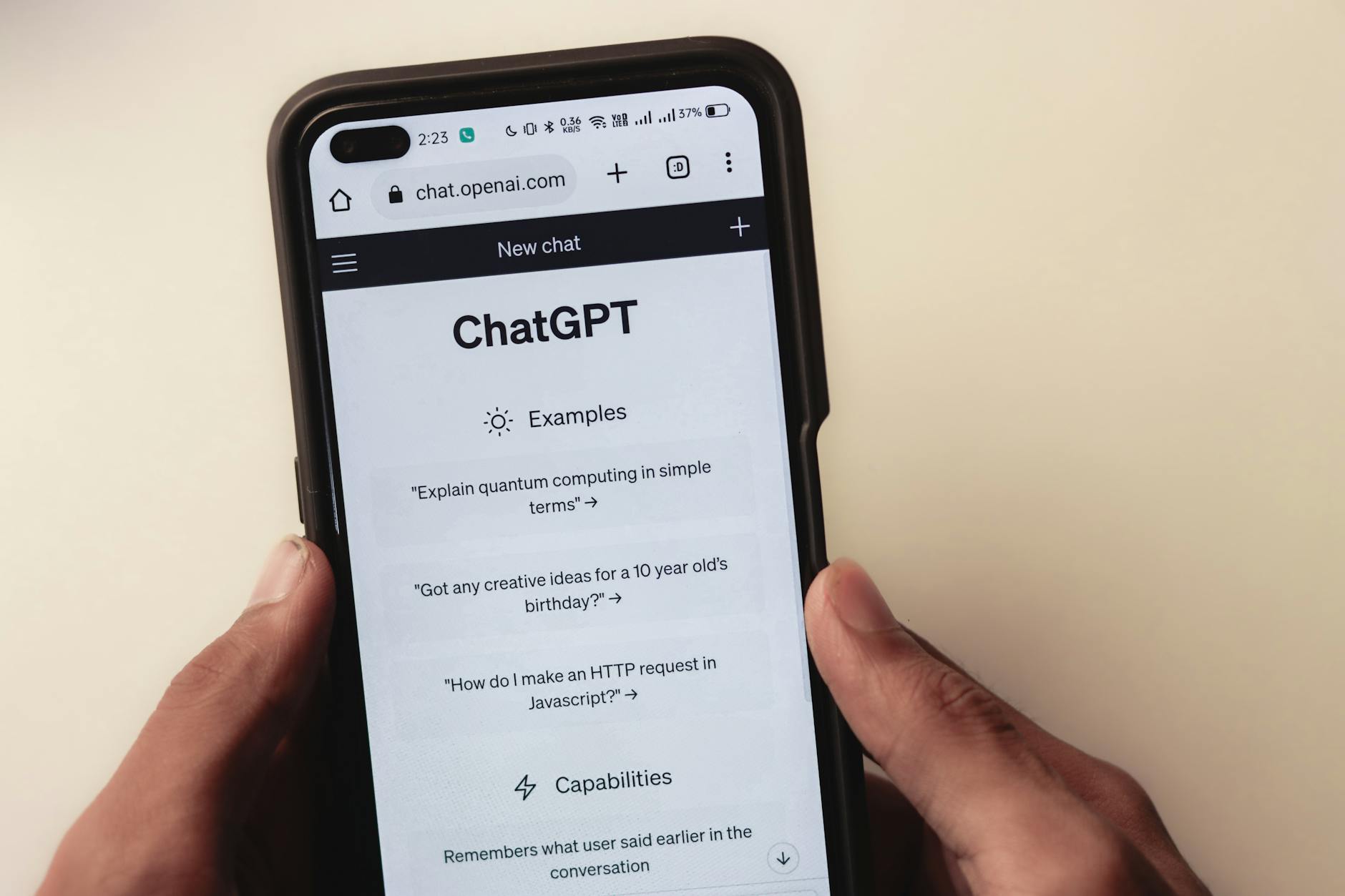
Looking for more examples of Socratic-style learning? Dive into this Teaching & Learning with ChatGPT guide.
There you have it: four ways ChatGPT can supercharge learning. From breaking down mind-numbing ideas to simulating deep conversations, this tool packs a punch.
Coding and Debugging with ChatGPT
Coding can feel like trying to learn a new language while blindfolded—overwhelming and frustrating, yet incredibly rewarding when you figure it out. Luckily, ChatGPT smooths out the rough patches with its beginner-friendly tutorials, code analysis, and debugging assistance. Let’s dive into how this AI-powered genius makes coding more approachable and less hair-pulling.
Learning to Code? ChatGPT’s Step-by-Step Guides Have You Covered

If you’ve ever felt lost in a sea of coding jargon, ChatGPT is like a lifeguard handing you floaties. It doesn’t just spit out answers; it crafts full, step-by-step guides tailored to the skill level you want. Want to start with Python or dabble in web development? Just ask it something like, “Teach me Python as a complete beginner,” and watch it break concepts into digestible, manageable chunks.
For example, say you’re learning loops in Python. ChatGPT can walk you through:
- What loops are (with simple analogies like repeating a song playlist).
- Syntax needed to create a basic loop.
- Examples of real-world uses, such as processing lists of data.
Understanding Existing Code Through ChatGPT’s Insights
We’ve all stared at other people’s code and thought, What in the world is happening here? That’s where ChatGPT becomes your coding translator. Feed it a snippet, and it’ll explain what’s going on, line by line. It’s like having a patient friend who doesn’t roll their eyes at your questions.
For example, if someone just handed you a function that promises to “sort user data” but looks like an alien language, you can simply say, “Can you explain what this code does?” ChatGPT will break it down into plain English, helping you build confidence to tackle even the gnarliest scripts.
It’s especially handy for diving into open-source projects or legacy codebases that come with zero documentation (you know the ones 😬).
Debug Like a Pro: ChatGPT Makes Troubleshooting Easier
Debugging is the ultimate test of patience. But ChatGPT? It’s like having a detective on speed dial for your programming woes. You copy-paste your buggy code, tell it what error you’ve been getting, and voilà—it suggests what might be going wrong and offers potential fixes.
Here’s how it can transform your debugging game:
- Error analysis: Paste your error message, and ChatGPT will not only diagnose the issue but explain why it happened.
- Code fixes: Need an alternative approach? ChatGPT provides solutions while teaching you how to avoid similar missteps.
- Understanding context: It looks beyond the error message, analyzing the larger picture of your code’s overall logic.
For example, if a “SyntaxError” is ruining your vibe, ChatGPT won’t just highlight where the problem lives—it’ll also suggest how to address unclear syntax in future projects. And it works just as well for debugging structured languages like JavaScript as it does for more “freeform” ones like Python.
With ChatGPT in our coding toolkit, we’re no longer just hammering out code in frustration. Instead, we’re building, understanding, and refining in ways that actually stick.
Mastering a New Language with ChatGPT’s Help
Learning a new language can be as thrilling as it is daunting. We’ve all dreamed of chatting with locals on our next trip abroad or adding “fluent in Spanish” to our resumes. But, let’s face it—traditional language learning apps can sometimes feel like an uphill climb. Enter ChatGPT, your AI-powered language tutor, conversation partner, and motivator rolled into one. It’s not here to replace the classics but to supercharge your learning journey. Ready to see how?

Conversational Practice Anytime, Anywhere
One of the biggest challenges in mastering a language? Finding someone to practice speaking with—someone who won’t judge when you mix up bonjour with buenos días. ChatGPT solves this by simulating natural, human-like conversations in over 20 languages, making it your always-available chat buddy.
Here’s how we use it:
- Set the scene: Ask ChatGPT to role-play scenarios, like ordering at a café in Paris or haggling at a market in Mexico City. Simply prompt it with, “Pretend you’re a shopkeeper, and I’m buying souvenirs.”
- Get instant corrections: Even if you stumble, ChatGPT provides on-the-spot feedback. It’s like having a patient tutor who’s endlessly on-call.
- Build confidence: Regular, low-pressure conversations help work out those initial jitters faster than you think.
Tailored Vocabulary Boosters
Memorizing vocabulary lists is no one’s favorite task, but ChatGPT can breathe life into the process. Instead of boring flashcards, we can ask it to create personalized vocabulary lists based on specific themes or situations. Headed to Italy? It’ll curate a list of travel phrases that’ll actually come in handy.
Want to go one step further? Try these ChatGPT prompts:
- “Create a list of 20 essential phrases for a business meeting in Japanese.”
- “Give me slang phrases commonly used by French teens.”
- “How do I say common medical terms in German?”
And for the overachievers, pair the lists with example sentences to see how the words work in context. Trust us—it’s like having a pocket translator that doesn’t judge.
Grammar Lessons Without the Snooze
Let’s be honest: Grammar can feel like the broccoli of language learning—necessary but not exactly fun. ChatGPT brings clarity to confusing rules, making concepts easier to digest through detailed explanations and endless examples.
Here’s what we love:
- Break it down: Ask, “What’s the difference between ser and estar in Spanish?” You’ll get simple, to-the-point clarifications that you won’t need a linguistics degree to understand.
- Practice drills: Need extra help? Prompt ChatGPT to generate practice sentences or even small quizzes to test your understanding.
Instant Cultural Context
Language isn’t just about words—it’s about culture, too. With ChatGPT, you can explore how language connects to customs, idioms, and proper etiquette, giving you a heads-up on what’s appropriate (and what’s not). Too many of us have learned the hard way that translating phrases word-for-word leads to, well, awkward moments.
Here’s how to make it work for you:
- Idiomatic expressions: Ask, “What are some funny idioms in Italian?” ChatGPT will give you gems like “in bocca al lupo” while also explaining the cultural nuances behind them.
- Cultural FAQs: Unsure about formality? Ask something like, “When should I use formal vs. informal greetings in Mandarin?” It’s a life-saver for avoiding accidental rudeness.
If you love the human connection of language (but also need answers fast), this Reddit thread on Using ChatGPT for Voice Practice is a must-read.
With tools like ChatGPT in our corner, learning languages feels less like a chore and more like an adventure. Who says mastering fluency has to revolve around boring textbooks?
Advanced Learning and Problem-Solving with ChatGPT
In a world overflowing with information, figuring out what’s useful and what’s just another white noise can be a serious headache. ChatGPT solves that problem like a pro—organizing, condensing, and even making sense of the chaos. Just like Marie Kondo tidies homes, ChatGPT tidies your study desk… metaphorically speaking. Whether you’re digging into complex subjects or weighing multiple choices, we’ve got you covered on how this AI powerhouse can make learning and decision-making insanely easier.
Leveraging ChatGPT for Smarter Research Assistance
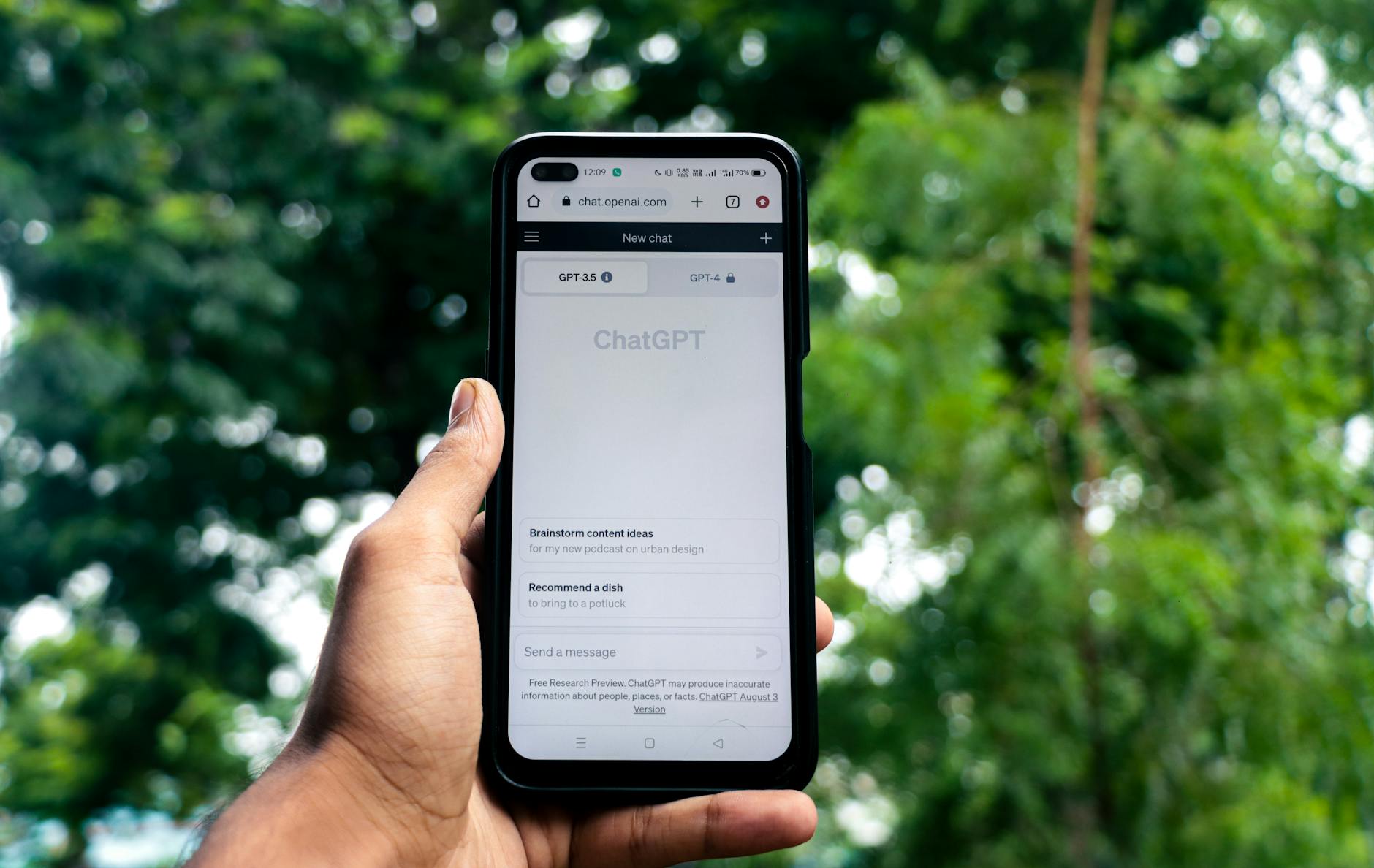
Research can feel like wading through a sea of links, PDFs, and overly technical articles. Let’s face it—nobody has time for that. With ChatGPT, research stops being a drag and becomes more like having a research ninja. It helps you gather everything you need, keeping things totally stress-free (well, mostly).
Here’s how:
- Ask for summaries: Found a 25-page white paper titled “The Neuroscience of Decision Making”? Ask ChatGPT to pull out the key points. It’s like CliffsNotes on steroids.
- Keyword clarity: Unsure what’s even related to your topic? Say, “What are the primary research areas for quantum computing?” It’ll list relevant subfields in seconds.
- Citation setup: No more scouring the web; ChatGPT can help build context around findings, and even point to relevant frameworks.
From Overwhelming Data to Key Insights: Summarizing with ChatGPT
Have you ever felt like your brain was about to turn to mush after reading 10 articles in one sitting? We get it—that kind of info dump is NOT it. ChatGPT swoops in here, turning your brain mush into manageable, bite-sized insights.
- Short but sweet: Let’s say you’re reading a huge report on sustainability in agriculture. Just ask ChatGPT to “Summarize the key takeaways,” and it’ll give you the essence without sacrificing depth.
- Layered clarity: Want deeper insight? You can prompt ChatGPT to create tiered summaries—from a one-sentence overview to a detailed paragraph.
- Data creativity: Got pages of stats and charts? Ask, “Summarize this data’s trends,” and it’ll point out patterns and significance like a data wizard.
Trust us—tools like How to Use ChatGPT to Summarize a Book, Article, or Research Paper are game-changers for pulling the gold out of informational haystacks.
Making Informed Decisions: Analyzing Options with ChatGPT
Life’s full of decisions—some small, some “OMG, life-changing.” From picking a college to choosing between investment options, ChatGPT acts like a brainy friend who doesn’t just give advice but lays out the why behind each choice.
Here’s how it shines:
- Compare products or plans: Wondering whether to choose a tablet or a laptop for school? Describe your needs to ChatGPT, and it’ll break down the pros and cons with precision.
- Weigh priorities: Should you spend your next six months learning to code or mastering a foreign language? ChatGPT can help outline the benefits, challenges, and even suggest how to combine both.
- Risk assessment: For crucial decisions, it can assess potential outcomes—perfect for those “should I or shouldn’t I?” moments.
There’s no doubt—ChatGPT upgrades learning from “ugh” to “wow” in every way. From cutting research time in half to removing the fog surrounding tricky decisions, this AI assistant transforms overwhelming tasks into manageable adventures. Who knew problem-solving could be this satisfying?
Conclusion
ChatGPT for learning isn’t just a tool—it’s like having an all-in-one personal trainer for your brain. Its ability to simplify complex ideas, customize study plans, and provide instant feedback makes it a standout assistant for learners of all skill levels.
Whether we’re exploring new skills, refining existing ones, or overcoming procrastination, ChatGPT adapts to whatever we need. From turning giant topics into bite-sized concepts to acting as a judgment-free speaking partner, its versatility helps us grow smarter, faster, and more confident.
Here’s the game plan: Start integrating the techniques we’ve shared into your daily learning habits. Test, tweak, and make them your own. Ready to level up your learning journey? Let ChatGPT be your ultimate sidekick—and don’t keep these tricks to yourself, share them with someone else who could use a boost!
FAQ About Using ChatGPT for Learning
1. Can ChatGPT help students with homework or projects?
Yes, but it’s not a shortcut. ChatGPT can explain topics, summarize information, and suggest ideas—but you still need to personalize and verify your work. Teachers can usually tell when answers lack critical thinking.
2. Is using ChatGPT considered cheating?
It depends. If you’re upfront about using it as a tool to brainstorm or clarify, it’s fine—but copying its output word-for-word might cross the line. Always follow your school’s policies.
4. Can ChatGPT teach me a new skill or subject?
Absolutely! It can guide you through step-by-step processes, explain concepts, or recommend resources. But remember, it lacks hands-on demonstration, so pair it with other tools or real-world practice.
5. Does ChatGPT adapt to my learning style?
Not exactly. While it tailors responses to your questions, it doesn’t “learn” about you specifically. You can, however, adjust how you interact with it to suit your preferences.
6. Are teachers and educators using ChatGPT too?
Yes! Some use it to brainstorm lesson plans, quiz ideas, or feedback comments. Others integrate it into teaching strategies to make discussions more engaging.
7. How does ChatGPT handle subjects that aren’t straightforward?
For nuanced or specialized topics, it might give generic responses. It’s best used for foundational learning or as a starting point for deeper research.
8. What are the limitations of ChatGPT for learning?
It can’t replace critical thinking, doesn’t always stay accurate, and lacks personal experience. Beware of overly confident answers—they might still be wrong.
Related Posts
- ChatGPT Customer Service 2025 Guide: Enhance Support with AI Automation
- Want a Custom GPT? Train ChatGPT With Your Data Like a Pro in 2025
- The Ultimate 2025 Guide to ChatGPT for Ecommerce Success in Your Store
- Discover the 31 Best ChatGPT Extensions to Work Smarter in 2025
- 12 Exciting Ideas to Make Money with ChatGPT in 2025 You Need to Try
- 9 Incredible ChatGPT Email Productivity Plugins You’ll Wish You Found Sooner
- How to Use ChatGPT for Email Marketing That Converts: 50+ Best Prompts & Strategies
- 30 Best ChatGPT Prompts for Bloggers & Content Creators: Ideas, Outlines, SEO Boosts, and More

